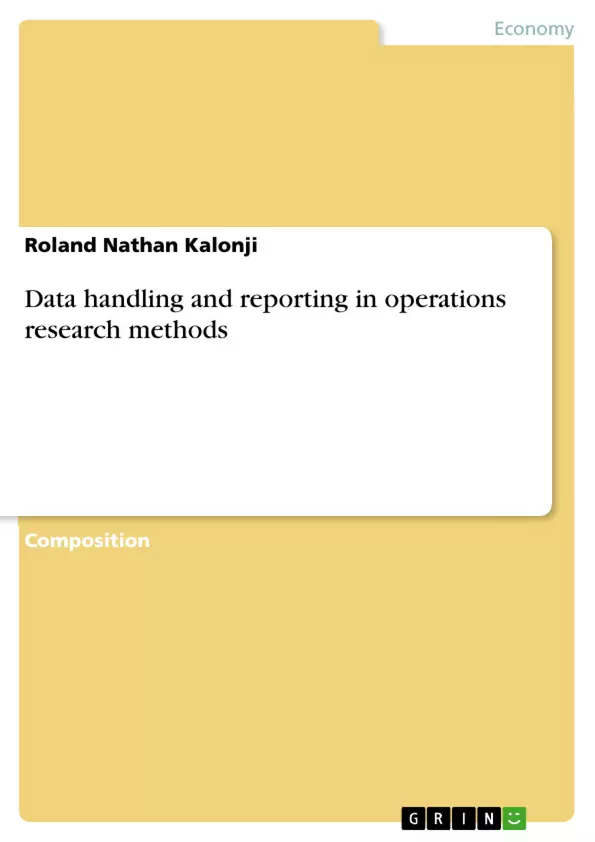Data handling and reporting seems to be an incredibly difficult endeavour and overwhelming task. Mostly, inaccurate data reporting can lead to vastly uninformed decision-making based on erroneous evidence. Therefore it’s highty required to apply own creativity throughout each process ( data gathering,analyses,etc) by pivoting tables, pivoting charts and slicers, creating dashboard, and so forth. The main purpose of this work is to collect and submit data which will give rise to accurate analyses of the facts on the results; to be able to drill down and analyse the data by using excel and to provide information such as total sales by month, sales per region, number of units per item, unit price per item etc. Sales data of the company used in this work are depicted in the introduction.
Frequently asked questions
What is the main purpose of this document?
This document aims to demonstrate how to collect and submit data that will give rise to accurate analyses of sales data using Excel. It provides insights into total sales by month, sales per region, number of units per item, unit price per item, and other related parameters.
What data is included in the document?
The document includes sales data of a company specializing in imported foods and beverages. The data includes region, rep, category name, item, date, quantity, unit price, and product sales.
What does the Executive Summary outline?
The Executive Summary explains that data handling and reporting can be challenging and inaccurate data can lead to uninformed decisions. Applying creativity using pivot tables, charts, slicers, and dashboards is recommended to accurately analyze data. The goal is to collect and present data for precise analysis of sales results.
What specific information can be derived from the dashboard created using Excel?
The dashboard provides information such as total sales by month, sales per region, number of units per item, and unit price per item.
What is Table 1 in the document?
Table 1 presents the sales data of the company, including region, rep, category name, item, date, quantity, unit price, and product sales for multiple transactions.
What formula was used to create the 'Price per item' chart?
The formula used to create the chart for 'Price per item' is: =SERIES('Price per Item'!$B$3,'Price per Item'!$A$4:$A$81,'Price per Item'!$B$4:$B$81,1)
What are some of the items and categories included in the sales data?
The sales data includes items like Maxilaku, Gnocchi di nonna Alice, Tunnbröd, and Pavlova, categorized under Confections, Grains/Cereals, Seafood, and Beverages.
What does the reference list include?
The reference list includes the name and affiliations of the report author.
- Quote paper
- Roland Nathan Kalonji (Author), 2017, Data handling and reporting in operations research methods, Munich, GRIN Verlag, https://www.grin.com/document/432936



